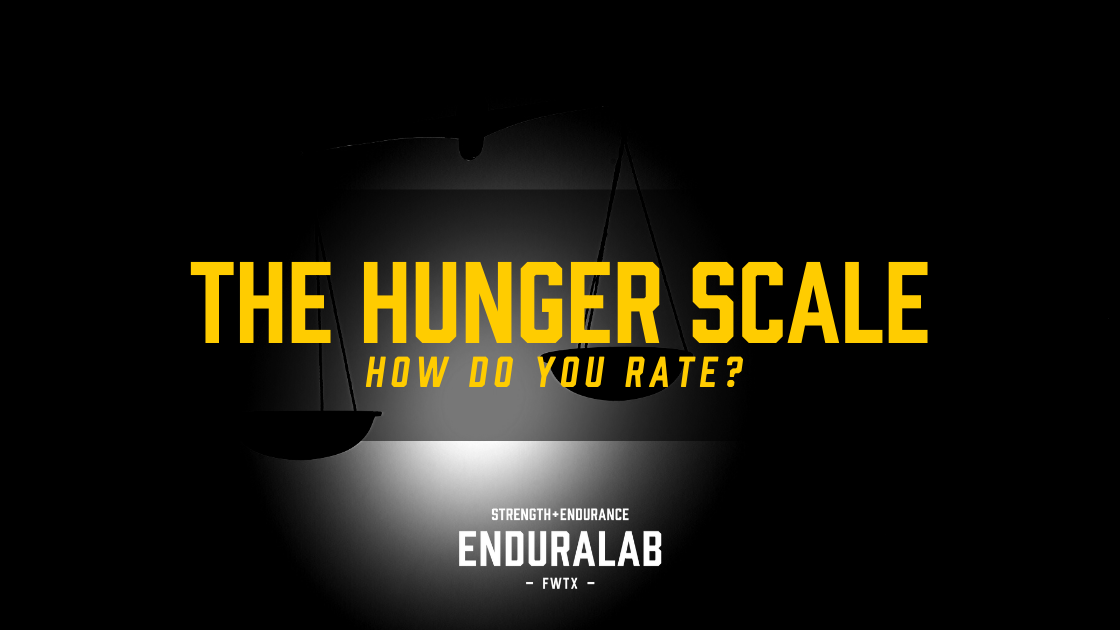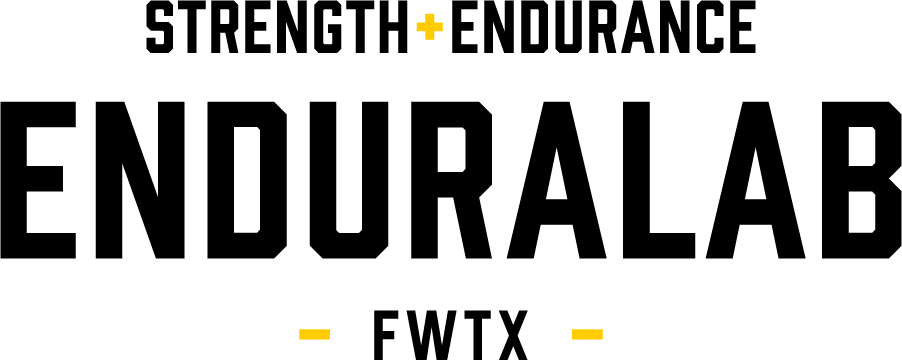
This month we’ve been talking about intuitive eating. Today, we’ve got a CRAZY COOL tool for you that you’re going to love.
We already talked about how intuitive eating is all about learning to tap into your body’s own cues … but if it has been a while since you’ve tuned into them, that can take a little practice.
I’ve got a Hunger Scale that I thought might be helpful! It’s adapted from one used by the Derbyshire Healthy Futures Service in England.
It helps you rate (on a scale from 1-10) how you’re feeling on the hunger/fullness scale. Most people feel best when they stick within the 3-6 range. Here’s the scale:
- You’re beyond hungry. You feel absolutely ravenous, might feel light-headed or headachey, and your body is weak.
- Uncomfortably hungry (or “hangry”). You’re grouchy and might feel a little tired.
- You want to eat and your stomach feels empty.
- You are thinking about food and starting to feel hungry.
- You’ve eaten enough food to stop the hungry feeling, and your mood is good.
- You’re satisfied and feeling full.
- Your body is full but your mind wants to eat more, so you take a few extra bites.
- After taking a few “extra” bites, you begin not to feel as well. You begin to regret your decision. You know you should probably stop eating.
- You keep eating, and with even more food, you feel bloated, tired, and uncomfortable.
- You STILL continue to eat. You might be sweating, your heart pounding, and you feel miserable.
Here’s why this scale matters …
When you get too hungry, it sets you up to overeat … and when you overeat, you feel tired, sick and tempted to skip meals. It can turn into a yo-yo cycle.
Finding your sweet spot is a big part of intuitive eating.
It might take a little practice … but it’s definitely worth it!
How hungry do you get before you eat – and how “full” do you feel before you stop? It can take some retraining to live within the 3-6 range, but it’s definitely worth the effort!
REFERENCE:
www.dchs.nhs.uk/assets/public/dchs/llb/tools/tools_1-11/4_DCHS_A5_4pp_The_Hunger_Scale.pdf



